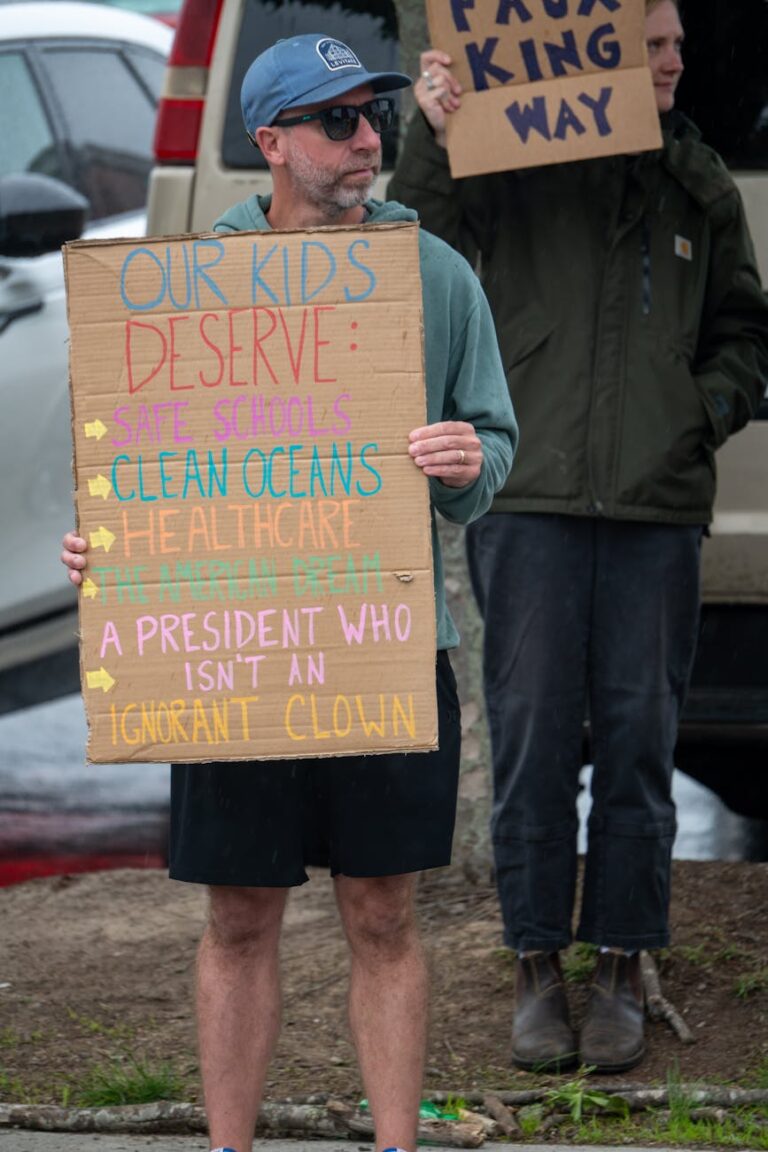- The Duality of Portland’s Urban Landscape
- Stunning Chaos: What Drives It?
- The Vagrancy Crisis: A Community in Distress
- Luxury Amidst Struggle: The Socioeconomic Divide
- Community and Government Responses
- Looking Forward: Can Portland Reconcile Luxury and Humanity?
Luxury in Democrat Portland: Stunning Chaos and Vagrancy Crisis
Luxury in Democrat Portland paints a paradoxical picture of a city grappling with soaring opulence while simultaneously wrestling with visible social challenges. Nestled in the Pacific Northwest, Portland has long been celebrated for its progressive politics, vibrant culture, and a commitment to inclusivity. Yet underneath the veneer of chic neighborhoods and glossy high-rise condos lies a troubling reality of chaos and a deepening vagrancy crisis that demands urgent attention.
The Duality of Portland’s Urban Landscape
Portland’s metropolitan fabric is uniquely woven with contrasts. On one hand, luxury apartments and boutique hotels have proliferated in neighborhoods like the Pearl District and South Waterfront, bringing an upscale lifestyle that appeals to tech professionals, artists, and inbound residents alike. The city’s reputation for lush parks, farm-to-table dining, and craft breweries adds to this air of sophistication and affluence.
On the opposite end, however, widespread homelessness and public disorder have become entrenched issues, especially in downtown areas and districts such as Old Town Chinatown. The stark visual of luxury lofts shadowed by encampments reveals a city grappling with the limits of its resources and policies.
Stunning Chaos: What Drives It?
The phrase “stunning chaos” vividly captures the daily turmoil witnessed by those navigating Portland’s core. This chaos is a complex result of intertwined factors:
1. Inadequate Shelter and Housing Supply:
Despite substantial investments, the availability of affordable housing has not kept pace with demand. The result? Many individuals experiencing homelessness are left with no option but to seek shelter in public spaces, leading to concentrated encampments and street living.
2. Drug Addiction and Mental Health Issues:
A significant portion of Portland’s homeless population struggles with addiction and mental health challenges. Without comprehensive supportive services and effective outreach, these factors exacerbate public safety and health concerns, complicating solutions.
3. Political and Policy Gridlock:
Portland’s progressive policies, while well-intentioned, often face criticism for being either too lenient or inadequately implemented. The tension between providing humane treatment and enforcing laws against disorderly conduct creates a policy deadlock that hinders meaningful progress.
The Vagrancy Crisis: A Community in Distress
Vagrancy, or the widespread presence of homeless individuals loitering in public areas, has become a defining feature of Democrat Portland’s urban life. This crisis extends beyond mere visibility—it impacts public health, local businesses, and residents’ quality of life.
Local merchants frequently report drops in foot traffic due to safety concerns, with some storefronts boarding up or relocating. Law enforcement finds itself stretched thin between addressing emergent incidents and placing emphasis on compassionate interventions. Furthermore, public sanitation issues stemming from unattended encampments pose environmental hazards and strain municipal services.
Luxury Amidst Struggle: The Socioeconomic Divide
The coexistence of burgeoning luxury sectors alongside expansive homelessness highlights a significant socioeconomic divide. Portland is attracting affluent newcomers drawn to its progressive culture and natural beauty, fueling a surge in upscale real estate developments. However, this influx often drives up living costs, pricing out longtime residents and contributing to displacement.
As rent prices climb, low-income individuals face increasing vulnerability to homelessness, creating a feedback loop that intensifies urban inequality. This dynamic challenges Portland’s identity as a city rooted in social equity.
Community and Government Responses
Addressing the vagrancy crisis and urban chaos requires comprehensive efforts at multiple levels. Recent initiatives include:
– Expanded Shelter Programs: To provide immediate relief, the city has increased emergency shelter capacity and introduced sanctioned encampments with basic services.
– Investment in Supportive Housing: Long-term solutions focus on affordable housing combined with wrap-around services such as counseling, job training, and addiction treatment.
– Enhanced Outreach and Mental Health Services: Collaborative teams aim to engage vulnerable populations and connect them with care rather than solely relying on law enforcement.
– Public Safety Measures: The city balances enforcement with community dialogue to maintain safety and dignity in public spaces.
Nonprofits and grassroots organizations also play critical roles, offering food, hygiene services, and advocacy for systemic change.
Looking Forward: Can Portland Reconcile Luxury and Humanity?
The future of Democrat Portland hinges on its ability to harmonize the allure of luxury living with the imperative of addressing homelessness and social disorder. This means adopting innovative housing models, fostering economic opportunities for marginalized populations, and cultivating empathy within policy frameworks.
The city must also confront the unintended consequences of gentrification and real estate speculation to preserve diversity and inclusion. Only through transparent dialogue and coordinated action can Portland transcend the current “stunning chaos” and emerge as a truly equitable urban haven.
—
In summary, Democrat Portland serves as a fascinating case study in urban contrasts—where luxury housing towers over a severe vagrancy crisis, and progressive ideals encounter harsh social realities. Understanding this complex dynamic is essential for anyone interested in how cities can evolve sustainably while honoring the dignity of all inhabitants.






